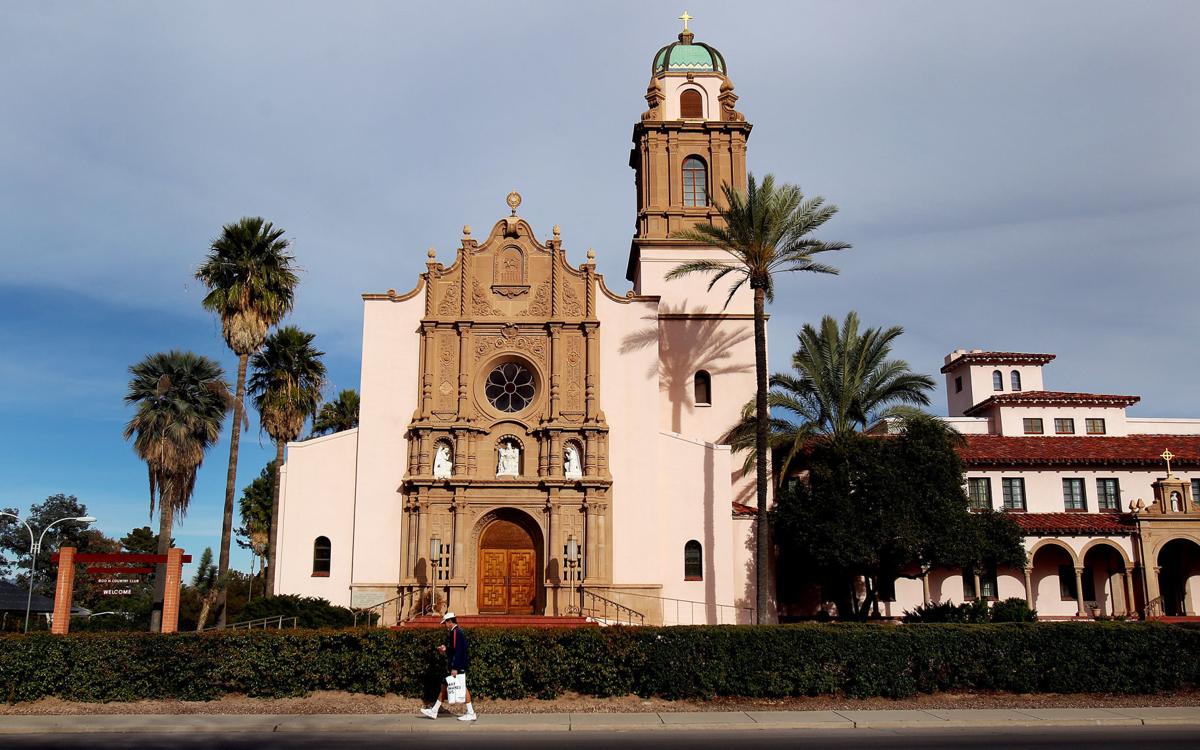The Tucson City Council voted Tuesday to begin the process to designate the Benedictine Monastery as a historic landmark.
The move is unusual, as it was initiated by Councilman Steve Kozachik and not the owner of the property, who bought the property with plans to redevelop it.
Kozachik said he wanted to remove the threat of demolishing the Benedictine Monastery as the city discusses with developer Ross Rulney and architect Corky Poster plans to build 300 apartments units on the midtown parcel at 800 N. Country Club Road.
The council unanimously voted to begin the process of seeking historic-landmark protection for the monastery, but City Attorney Mike Rankin cautioned the council that the process could take six months or longer, as the proposal must still be reviewed by city staffers and citizen-run commissions.
The historic landmark is a separate process from the rezoning of the property, which Rulney can continue to pursue separately.
Rankin also noted that even if the monastery receives historic-landmark designation, it doesn’t necessarily save the structure from being demolished.
Rankin said if the owner of the property can prove the protections are so burdensome that it doesn’t allow the property to be economically viable, the monastery could be torn down.
Under the current zoning, there is nothing that would stop the developers from tearing down the iconic structure and building student housing, and neither action would require neighborhood participation or design review. Up to 222 units are allowed regardless of unit size or bedroom count with up to 40 feet in maximum height.
Kozachik was happy with the council decision, saying the city and the developer can focus on a plan for the apartments on other sections of the parcel.
“The goal is to reframe the conversation so that demolition is off the table and we can talk about responsible development,” he said.
He said he talked to the nuns who used to live on the property, and they were surprised the monastery wasn’t protected already, noting they had worked to get it on the National Register of Historic Places.
The list, administered by the National Park Service, curates a database of cultural resources worthy of preservation but offers no protections if the property is privately owned.
The Benedictine Sisters of Perpetual Adoration, who occupied the monastery, closed it in September 2016. They tried to find another religion-based buyer but could not, and sold it to Rulney for $5.9 million.
Kozachik said he was working on behalf of the developer, saying Rulney had previously stated he wanted to pursue historic-landmark designation for the monastery.
Rulney wants to build structures taller than the four-story limit currently in place to build 300 apartment units in two six- or seven-story complexes north and south of the monastery and a smaller structure on the east. His plan presented to neighbors would include historic-landmark designation for the monastery, which could be used for a boutique hotel, restaurant, coffee house or community spa. Rulney has said if plans to allow for the seven-story height are refused by the city, he may have to consider selling the property to another developer, who may not seek to save the monastery.
All parking would be underground, with access from Country Club Road.
Councilman Paul Cunningham said this is why the council passed an ordinance in 2014 that would allow it to start the historic-designation process.
“The Benedictine Monastery is the poster child as to why the historic-landmark designation exists,” Cunningham said.
Rulney did not speak at the meeting Tuesday and could not be reached for comment.





